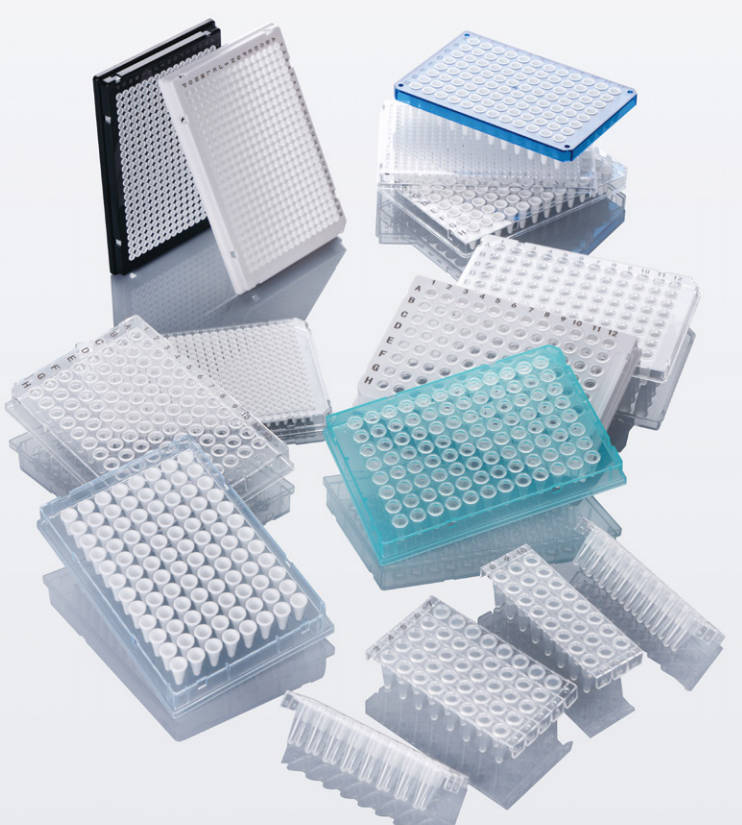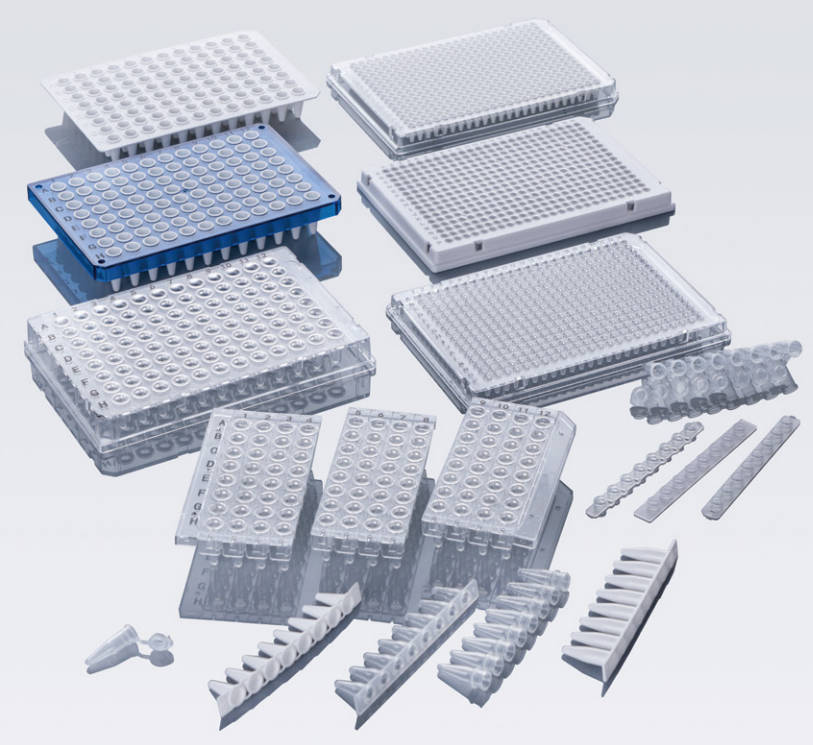What are the best pipette tips for laboratory?
Pipette tips are an essential component of any laboratory that involves precise liquid handling. They directly influence the accuracy, reproducibility, and overall efficiency of your pipetting tasks. Selecting the right pipette tips for your lab can significantly impact the quality of your results.


Factors to Consider When Selecting Pipette Tips
1. Compatibility with Your Pipette
Not all pipette tips are universally compatible with all pipette brands and models. Using tips designed specifically for your pipette or universally compatible options ensures a secure fit and reduces the risk of leaks, inaccuracies, or tip ejection difficulties.
2. Volume Range
Pipette tips come in various sizes to accommodate different volume ranges, such as:
- 10 µL tips: Ideal for small-volume handling.
- 200 µL tips: Suitable for medium volumes.
- 1000 µL tips: Designed for larger liquid transfers.
Choosing tips that match the volume range of your pipette is critical for achieving accurate measurements.
3. Material Quality
High-quality pipette tips are typically made from virgin polypropylene, which is free of contaminants like plasticizers and dyes. This ensures that the tips are chemically inert, preventing interactions with your samples.
4. Sterility
For sensitive applications, such as molecular biology or microbiology, sterile pipette tips are essential. Look for tips that are certified free of DNA, RNase, and endotoxins to avoid contamination.
5. Filtered vs. Non-Filtered Tips
- Filtered tips: These contain a barrier that prevents aerosols and liquid contamination from entering the pipette, protecting your samples and equipment. They are ideal for working with volatile or hazardous materials.
- Non-filtered tips: Suitable for routine applications where contamination risks are low.
6. Specialty Tips
Depending on your application, specialty tips might be necessary:
- Low-retention tips: Prevent liquid adherence to the tip walls, ensuring maximum sample recovery.
- Wide-bore tips: Designed for viscous or fragile samples, such as DNA or protein solutions.
- Long tips: Facilitate access to deep or narrow vessels.
7. Environmental Impact
If sustainability is a priority, consider eco-friendly pipette tips made from recycled materials or biodegradable plastics.
Top Pipette Tips for Your Lab
1. Universal Pipette Tips
These are compatible with most standard pipettes, offering flexibility and convenience. Universal tips are a cost-effective choice for labs using multiple pipette brands.
2. Low-Retention Pipette Tips
For critical experiments requiring precise sample handling, low-retention tips minimize sample loss. They are ideal for handling viscous liquids, enzymes, or reagents.
3. Sterile, Filtered Pipette Tips
For applications requiring contamination-free environments, such as PCR or cell culture, sterile, filtered tips are the best choice. They offer superior protection against cross-contamination and pipette damage.
4. Extra-Long Pipette Tips
These tips provide extended reach, making them perfect for working with tall containers or deep-well plates. They are especially useful for researchers handling large sample volumes in 96- or 384-well plates.
5. Specialty Tips for Automation
Automation-compatible pipette tips are specifically designed for robotic systems. These tips ensure consistent performance and are an excellent choice for high-throughput labs.
How to Optimize Pipette Tip Usage
- Pre-Rinse the Tips: For more accurate measurements, pre-rinse the tip with the liquid to be dispensed. This helps coat the tip walls and minimizes variations due to surface tension.
- Use the Right Tip for the Task: Avoid using a larger tip for small volumes, as this can reduce precision.
- Store Tips Properly: Keep tips in their original sterile packaging or racks to prevent contamination and maintain sterility.
- Inspect for Damage: Always check tips for cracks or deformities before use, as damaged tips can compromise accuracy.
Why Choose Ace Biomedical’s Pipette Tips?
At Ace Biomedical, we offer a wide range of premium pipette tips designed to meet the highest standards of accuracy, reliability, and sterility. Our product line includes:
- Universal Pipette Tips: Compatible with most pipette brands.
- Low-Retention Tips: For maximum sample recovery.
- Filtered Tips: Certified free of contaminants like DNA, RNase, and endotoxins.
Explore our complete selection of pipette tips to find the perfect solution for your laboratory needs.
Choosing the right pipette tips is not just about compatibility—it’s about ensuring the accuracy, efficiency, and reliability of your experiments. By considering factors such as sterility, material quality, and application-specific features, you can select pipette tips that optimize your laboratory workflow.
Whether you’re conducting routine experiments or working on cutting-edge research, investing in high-quality pipette tips is a small step that yields significant benefits. For more information on how Ace Biomedical can support your laboratory needs, visit our homepage or contact us directly via our contact page.
FAQS
High-quality pipette tips ensure accuracy and precision in liquid handling tasks. They are made from pure materials to prevent contamination, offer a secure fit to avoid leaks, and are designed for consistent performance across various applications. Poor-quality tips can lead to inaccurate measurements and experimental errors.
You should change pipette tips between different samples or reagents to avoid cross-contamination. In sensitive experiments, such as PCR or molecular biology work, always use new sterile tips for each transfer to maintain sample integrity.
Yes, low-retention pipette tips are ideal for handling viscous liquids or small sample volumes. They minimize liquid adherence to the tip walls, ensuring maximum sample recovery and improving accuracy in applications like enzyme reactions or protein assays.
Filtered tips: These have a barrier to prevent aerosols and liquid contamination from entering the pipette, protecting samples and equipment. They are ideal for sensitive or hazardous work.
Non-filtered tips: Suitable for routine tasks where contamination risks are low, offering a cost-effective option for general laboratory use.
Match the tip to your pipette’s volume range.
Use sterile tips for microbiology or molecular biology work.
Opt for filtered tips for contamination-sensitive applications.
Consider specialty tips like low-retention or wide-bore tips for specific needs.
For guidance, explore our pipette tips selection to find the best option for your lab.
Post time: Jan-02-2025

